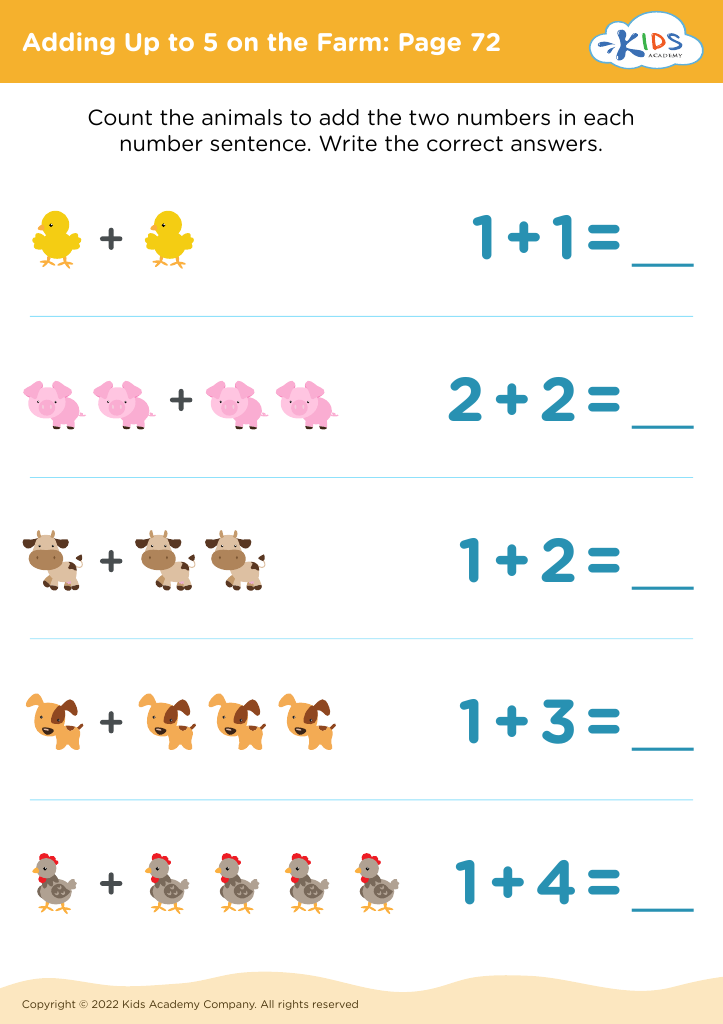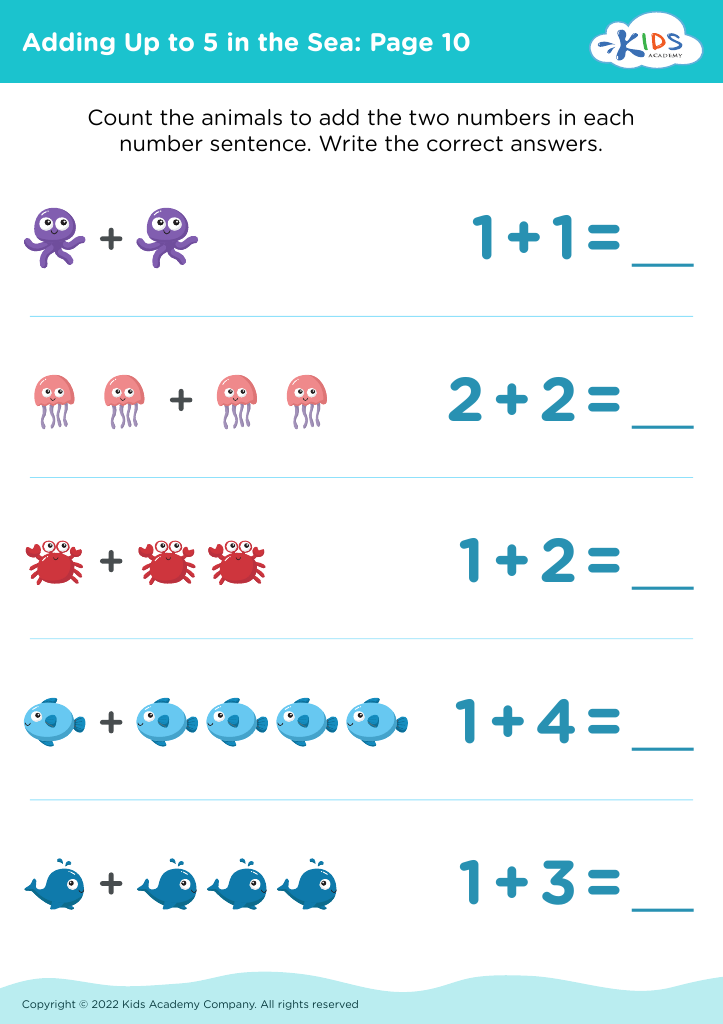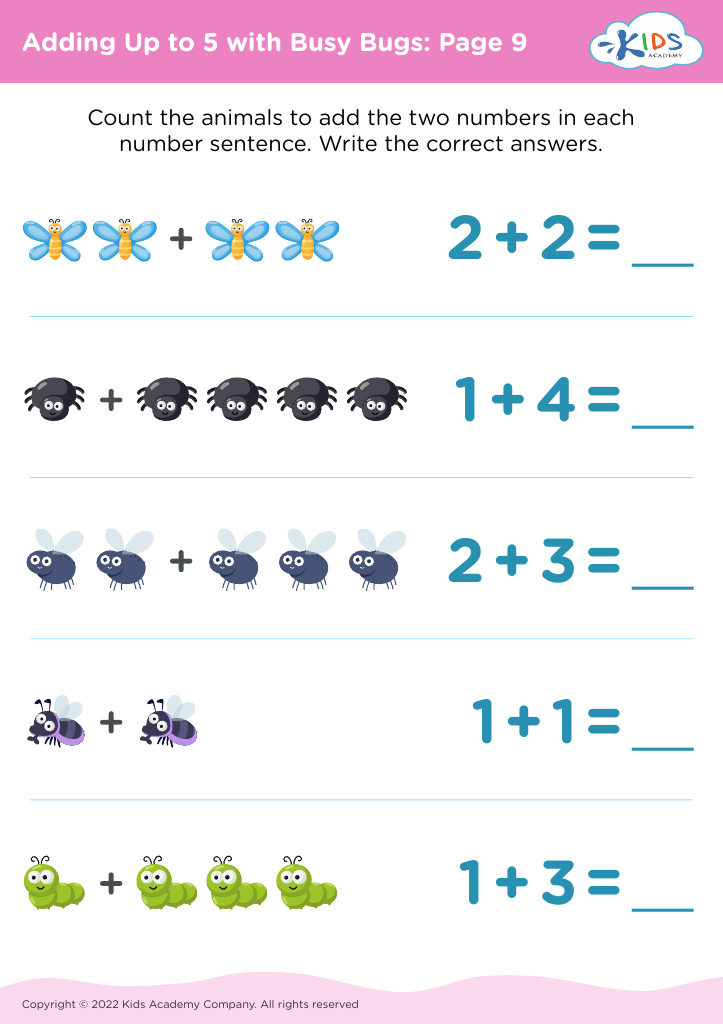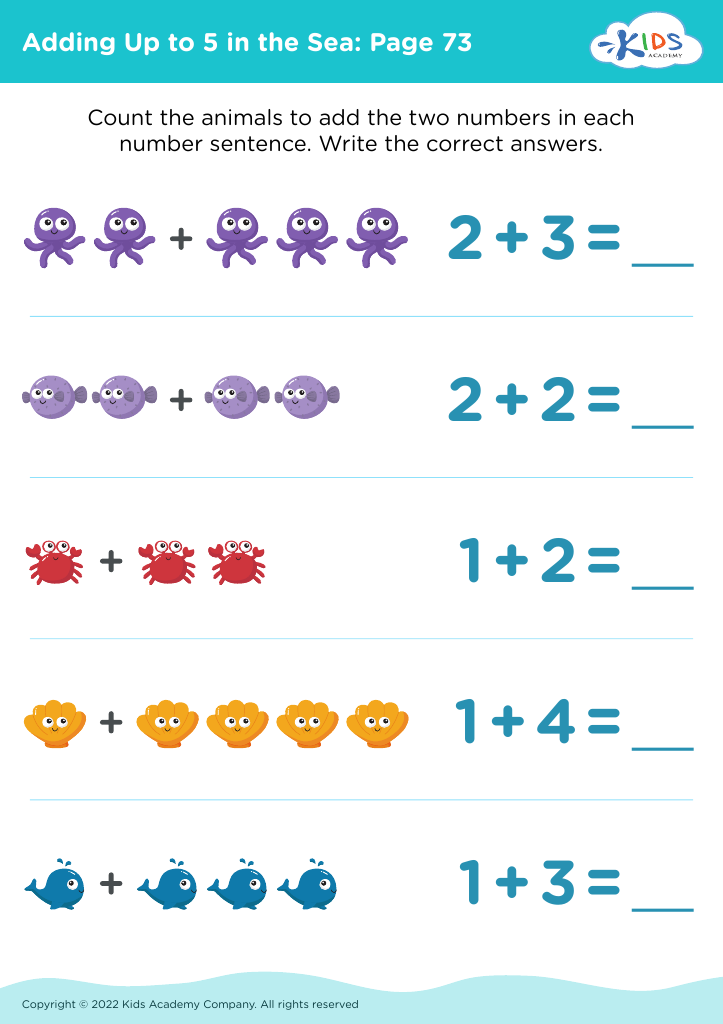Visual Learning Worksheets for Ages 3-9 - Page 3
105 filtered results
-
From - To


Drawing to Help Us Subtract Worksheet


Match and Solve: Cupcakes Problem Worksheet
Visual learning is crucial for children aged 3-9 as it significantly impacts their cognitive and social development. At this formative stage, children are inherently curious and learn best through engaging experiences that stimulate their senses. Visual learning caters to this by incorporating images, drawings, charts, and videos, making learning more accessible and enjoyable.
For parents and teachers, understanding the benefits of visual learning can enhance teaching strategies and learning outcomes. Visual aids help children retain information better, as they can connect new concepts to familiar images and experiences. This multimodal approach not only fosters comprehension but also nurtures critical thinking and problem-solving skills.
Moreover, visual learning supports diverse learning styles. Some children may struggle with traditional text-based learning, leading to frustration or disengagement. By utilizing visual methods, educators can create inclusive environments that cater to various learners, ensuring that every child can thrive.
Additionally, engaging visual content can spark creativity and encourage collaboration among peers. As children work together on visually stimulating projects, they develop essential social skills and emotional intelligence. In essence, prioritizing visual learning is not just beneficial but vital for empowering young learners to become confident and capable individuals.




















 Assign to My Students
Assign to My Students


















